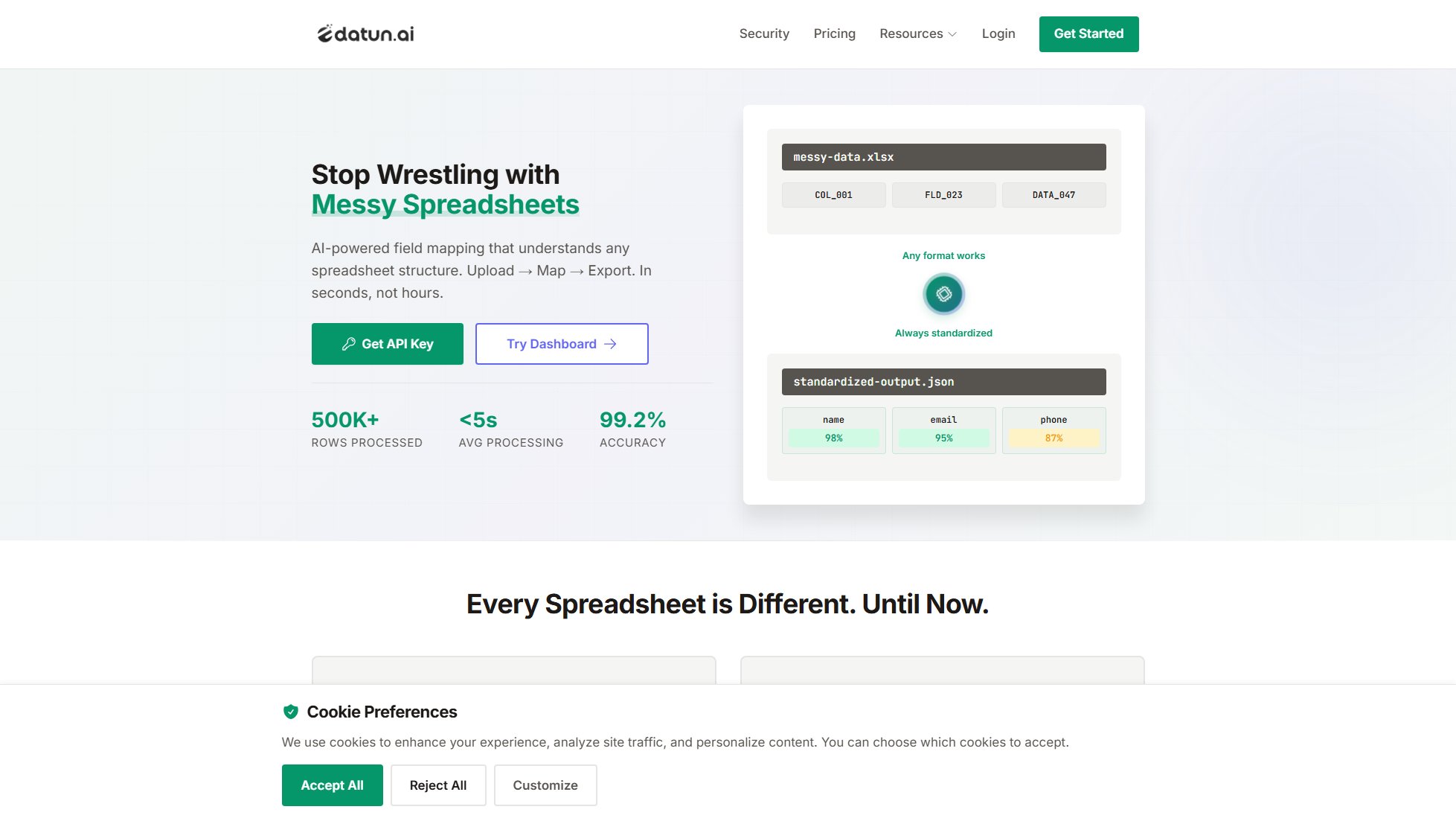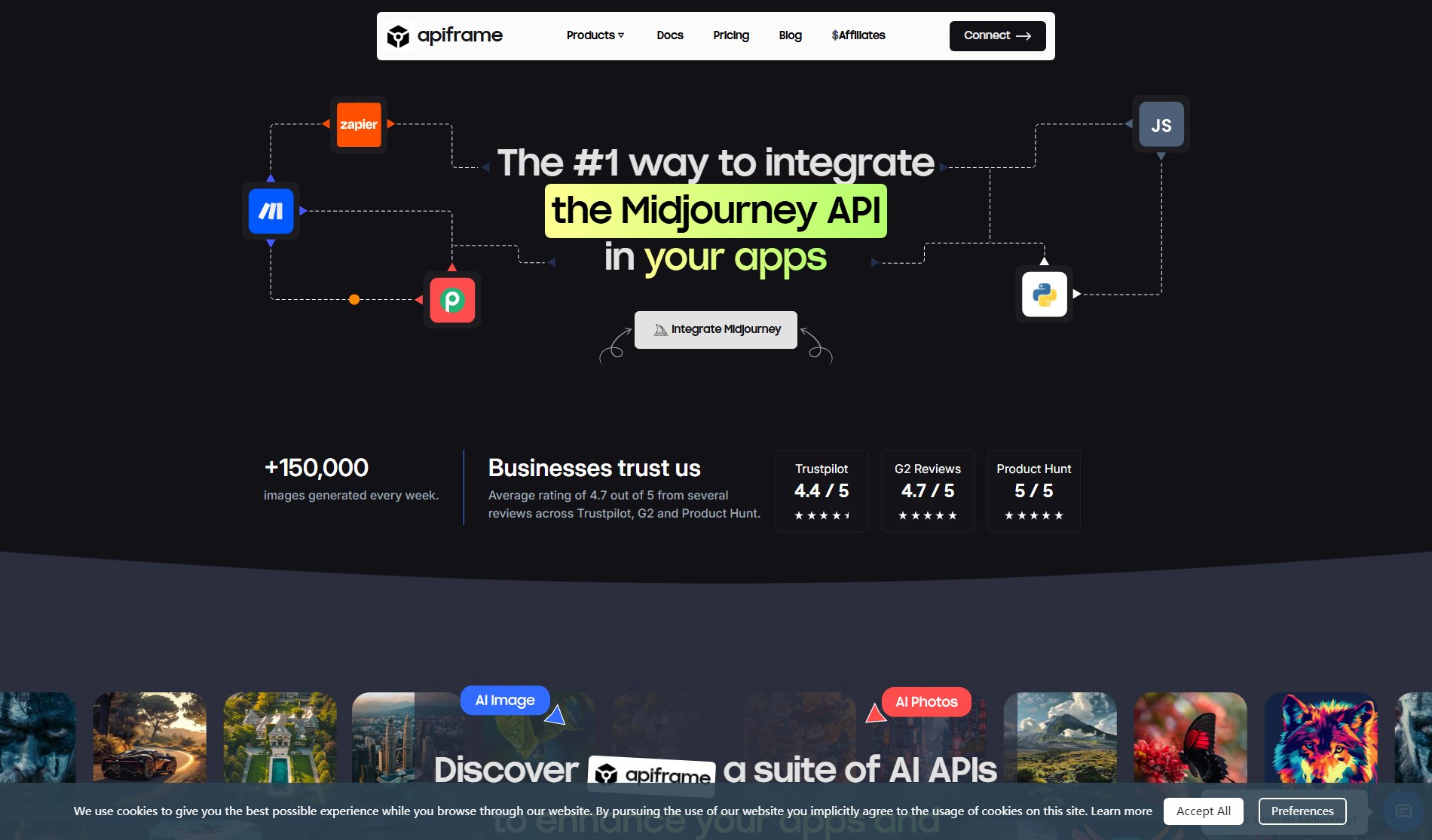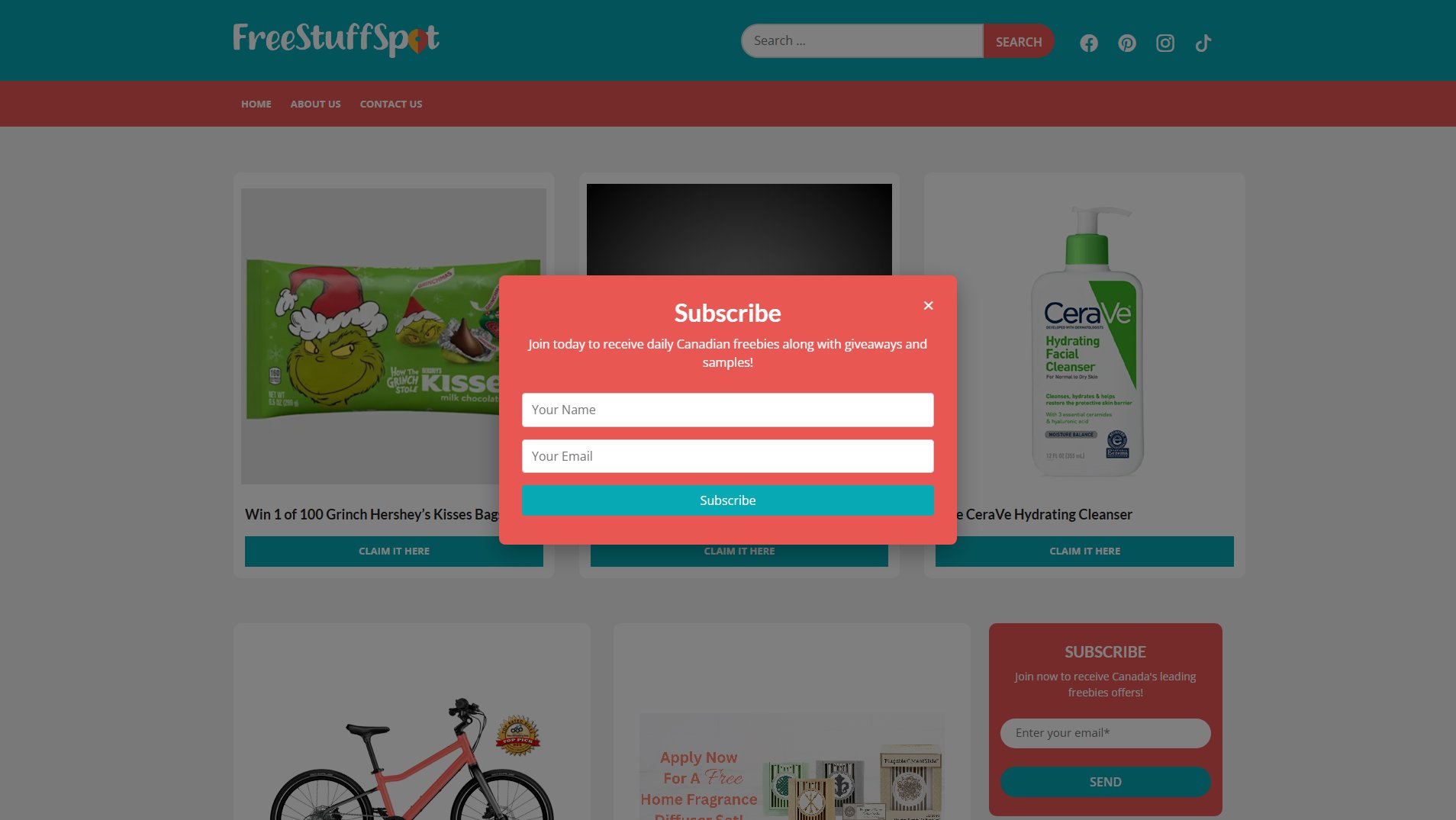tap
Transform data files into APIs instantly with SQL
What is tap? Complete Overview
tap revolutionizes how businesses work with data by transforming static files into production-ready APIs within seconds. It solves key pain points like inaccessible data locked in files, lengthy development cycles for data pipelines, and isolated datasets that can't be easily combined. With tap, users can upload various file formats, transform them using SQL queries, and instantly generate documented, secured APIs without any backend development. The platform is ideal for developers, data analysts, and businesses that need to quickly make their data available for applications but lack extensive engineering resources. tap handles everything from large file processing to automatic API documentation generation, making data truly accessible.
tap Interface & Screenshots

tap Official screenshot of the tool interface
What Can tap Do? Key Features
Instant API Creation
Convert CSV, JSONL, Parquet and other file formats into fully functional REST APIs in seconds. No backend coding required - just upload your file and tap generates the API endpoints automatically.
SQL Data Transformation
Use familiar SQL queries to clean, join, enrich and transform your data before serving it through APIs. The platform supports complex operations while maintaining high performance.
Automatic Documentation
Every API comes with auto-generated OpenAPI documentation, making integration easy for developers consuming your data endpoints.
Built-in Security
Secure your endpoints with API keys on unique domains. tap provides separate storage and controls to ensure your data remains protected.
Geospatial Filtering
Specialized location-based filtering via H3 indexing allows for powerful geospatial queries directly through your API endpoints.
Usage Monitoring
Track API usage metrics to understand how your data is being consumed and identify trends or potential issues.
No Lock-in Architecture
Download your transformed data at any point, ensuring you're never trapped in the platform and can migrate when needed.
Best tap Use Cases & Applications
Government Data Publication
As demonstrated with Scottish Energy Performance Certificate data, tap can transform large government CSV datasets (like the 7.17GB EPC files) into usable APIs that power public applications without requiring extensive development resources.
Internal Data Sharing
Teams can quickly make spreadsheet exports and internal datasets available as APIs for other departments or applications, eliminating the need for manual file sharing and processing.
Data Product Prototyping
Startups and businesses can rapidly prototype data products by converting sample datasets into APIs within seconds, allowing for quick validation of ideas before investing in full-scale development.
How to Use tap: Step-by-Step Guide
Upload your data file (CSV, JSONL, Parquet etc.) through the tap interface or API. There's no size limit for files in paid plans.
Use the SQL editor to transform your data if needed - select specific columns, join multiple datasets, or enrich with calculations.
Configure your API endpoints by setting filters (including geospatial), response formats, and security parameters like API keys.
Review your auto-generated OpenAPI documentation and test endpoints directly in the interface.
Integrate the API endpoints into your applications using the provided documentation and access credentials.
tap Pros and Cons: Honest Review
Pros
Considerations
Is tap Worth It? FAQ & Reviews
tap supports CSV, JSONL, Parquet and other common data file formats. You can upload files of any size depending on your plan.
Basic SQL knowledge is helpful for transforming data, but tap's Free plan allows API creation without complex transformations. The Custom plan offers natural language querying via LLMs.
All APIs are secured with unique API keys and run on dedicated domains. tap implements enterprise-grade security measures for data protection.
Yes, both Free and Custom plans can be used commercially. The Custom plan offers additional features like API monetization.
You'll need to upgrade to a Custom plan for higher limits. The system will notify you as you approach your limits.








